Some varieties of plants and trees are toxic to humans and can have horrible repercussions for kids if they happen to chew or swallow their leaves, seeds or flowers.
Always supervise young children if you’re not completely certain of what’s in your garden and fence off or remove any plants you suspect may be poisonous. Ask a professional for advice if you’re at all uncertain.
Here we look at some of the more dangerous plants you need to be aware of.
Species that are highly poisonous: Remove or destroy
Coral Tree (Erythrina Genus)
The seeds, leaves and bark of this tree are poisonous. The seeds in particular are highly toxic for children if they are chewed or swallowed. Symptoms can include shortness of breath, cyanosis (skin takes on a blueish tint as there’s not enough oxygen in the blood), dizziness, light-headedness and weakness.
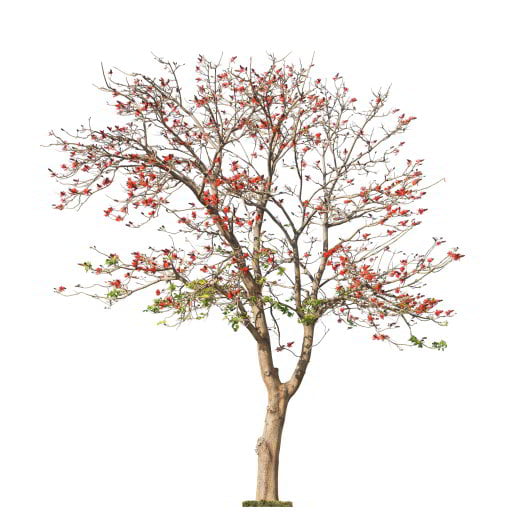
Common Or Pink/Orange Oleander (Nerium Oleander) And Yellow Oleander (Thevetia Peruviana)
Each and every part of these plants, including the seeds, is highly poisonous, and this species is certainly one to have completely removed if you have small children. Symptoms may include dilated pupils, vomiting, diarrhoea, irregular heart activity, and in severe cases coma which can lead to death.
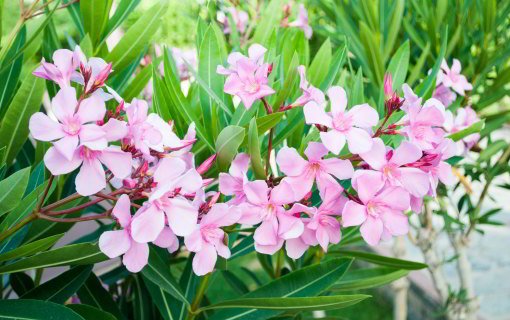
Castor Oil Plant (Ricinus Communis)
A common weed, the castor oil plant’s leaves, flowers and seeds are all highly toxic. When chewed or swallowed, symptoms can include abdominal pain and severe nausea, vomiting and diarrhoea.
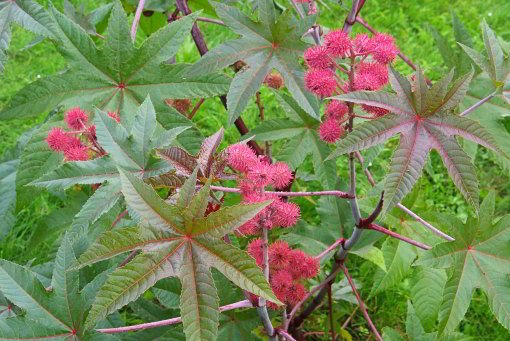
Deadly Nightshade (Atropa Belladonna)
An attractive plant with beautiful, purple flowers – the Deadly Nightshade lives up to its name. The berries on this plant are particularly toxic. Eating the purple/black berries can cause symptoms such as confusion, hallucinations, fever, drowsiness, facial flushing and vomiting.
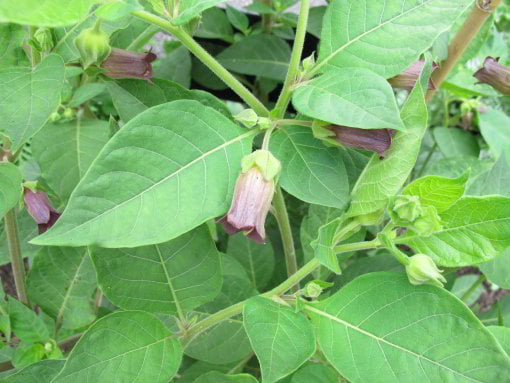
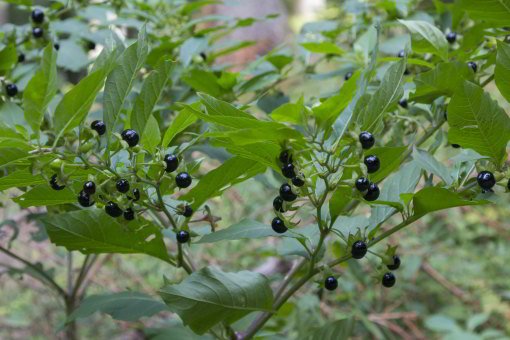
Rhus Or Wax Tree (Toxicodendron Succedaneum)
Often referred to as Poison Ivy, this species is known to trigger strong allergic reactions such as redness, itching, rashes and blisters. It’s important to avoid contact with this plant even with tools or clothing.

White Cedar Tree (Melia Azedarach)
Although this is a native tree, the fruits when chewed or swallowed are highly toxic and can cause lethargy, confusion, vomiting, diarrhoea, seizures and coma.
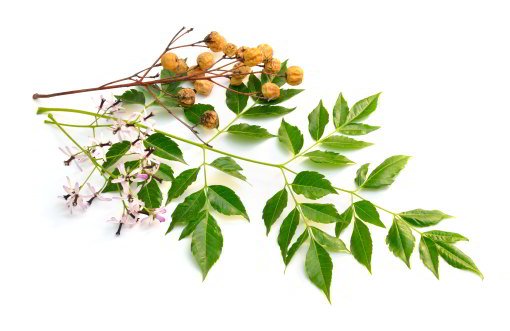
Dangerous plants to be avoided
Angel’s Trumpet (Brugmansia Genus)
The nectar, flowers and seeds of this plant are highly poisonous.
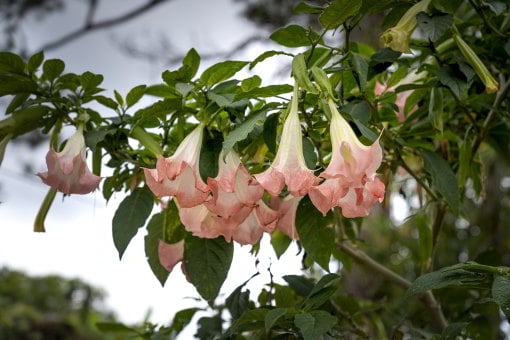
Arum Lily (Zantedeschia Aethiopica)
This plant can cause pain and irritation of the mouth when chewed.
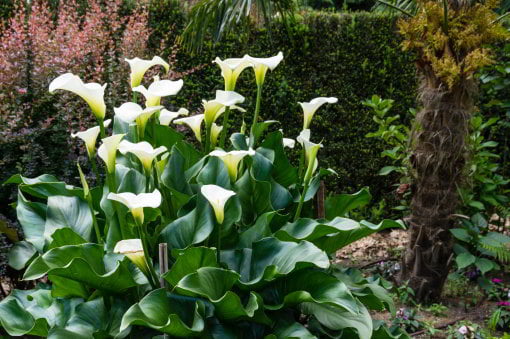
Belladonna Lily, Naked Lady (Amaryllis Belladonna)
The bulb and sap of this plant can be toxic for children.
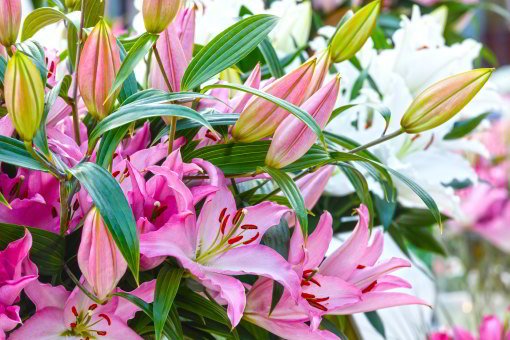
Dumb Cane (Dieffenbachia Genus)
Chewing or swallowing this plan can cause swelling and irritation of the mouth.
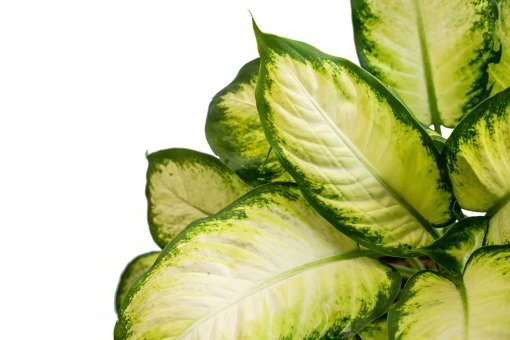
Euphorbia Genus
The sap from plants of this genus can cause serious pain and injury to the eyes. Varieties include those known as spurge and milkweed, and also the popular red-leaved Christmas plant – Poinsettia.

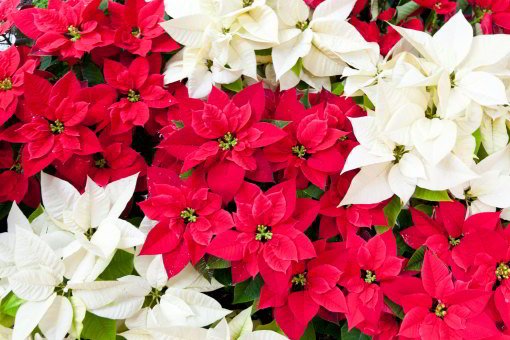
Lantana
This plant, in particular its berries, can cause muscle weakness, jaundice and stomach pains.

Hemlock (Poison Parsley) And Water Hemlock (Cowbane)
These plants are common and highly toxic. Symptoms can include nausea, vomiting, dizziness, weakness, stomach pain and sweating.
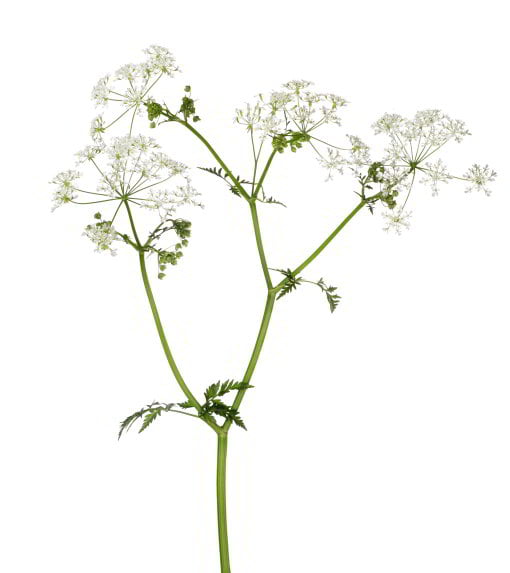
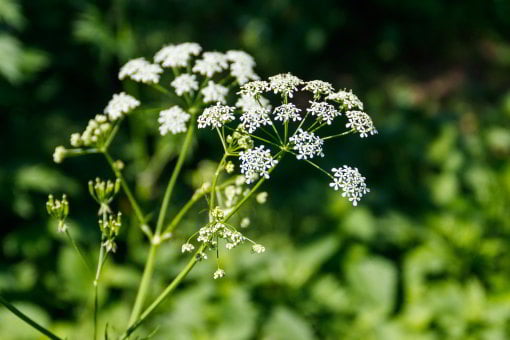
Daphne
The leaves, flowers and especially the berries of this popular plant are toxic. Symptoms of Daphne poisoning can be itching, swelling and diarrhoea.
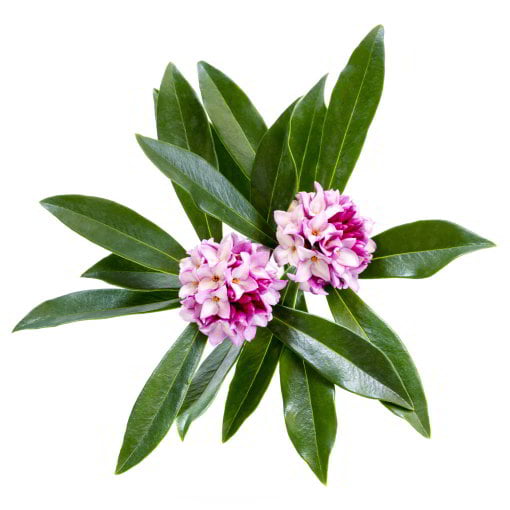
If you suspect that you, or anyone else in your care may have been exposed to a poisonous plant, call the Poisons Information Centre on 13 11 26 immediately for advice – 24 hours and day, 7 days a week Australia wide. If you are going to hospital, take a piece of the plant with you to help with identification.
Please note that the species listed here are just some of the more common, highly dangerous plants found in Queensland. For more information please visit the Queensland Poisons Information Centre.

